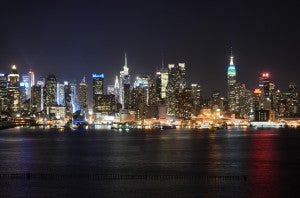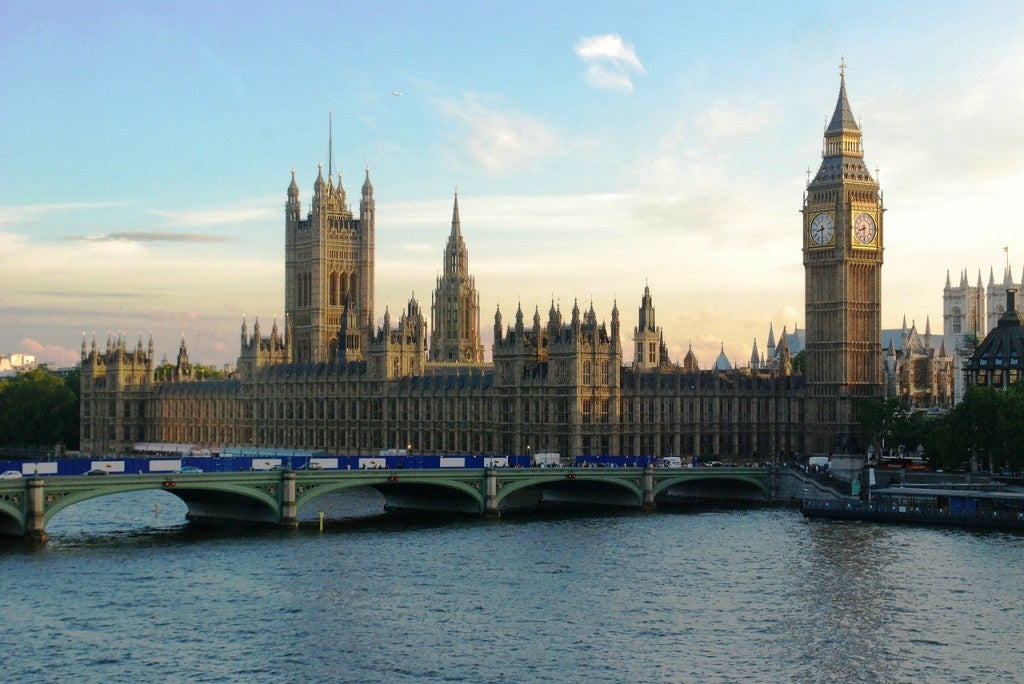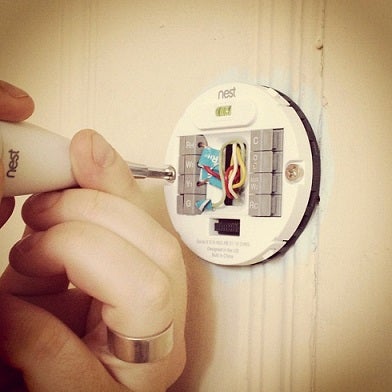 Since the New York Public Service Commission (Commission) opened its Reforming the Energy Vision (REV) proceeding in the spring to modernize the state’s electricity system, a lot has happened. Namely, New York utilities are already working to align themselves with the broad objectives outlined in the REV proceeding. Here is an overview of efforts by the state’s big players:
Since the New York Public Service Commission (Commission) opened its Reforming the Energy Vision (REV) proceeding in the spring to modernize the state’s electricity system, a lot has happened. Namely, New York utilities are already working to align themselves with the broad objectives outlined in the REV proceeding. Here is an overview of efforts by the state’s big players:
CON EDISON – Brooklyn/Queens Demand Management Program
Growth in electricity demand in parts of Brooklyn and Queens is taxing infrastructure and will require action from Con Edison to ensure reliability. Con Edison could pursue a costly $1 billion substation upgrade to meet this rising demand. Instead, the utility is slashing needed investment by half and plans to invest around $500 million – $305 million in traditional utility investments and $200 million clean energy resources – to address the area’s growing energy needs as part of its Brooklyn/Queens Demand Management program. Measures include:
- Demand Response (a tool that pays customers to conserve energy when the electric grid is stressed): A new demand response system from energy services provider Alstom, which would allow 3.3 million customers to be compensated for the value they provide to the grid.
- Energy Storage: Battery-based energy storage for electricity produced when electricity demand is low (off-peak hours) for use when demand is high (peak periods), easing the burden on the electric grid at those times.
- Microgrids (which generate electricity nearby or on-site where it’s consumed): The development of microgrids to improve resiliency and enable the aforementioned demand response system.
- Electric Grid Resilience and Optimization: Expanded use of smart meters, which provide detailed electricity use data throughout the day, will improve response time to power outages and give customers more control over their energy usage.














